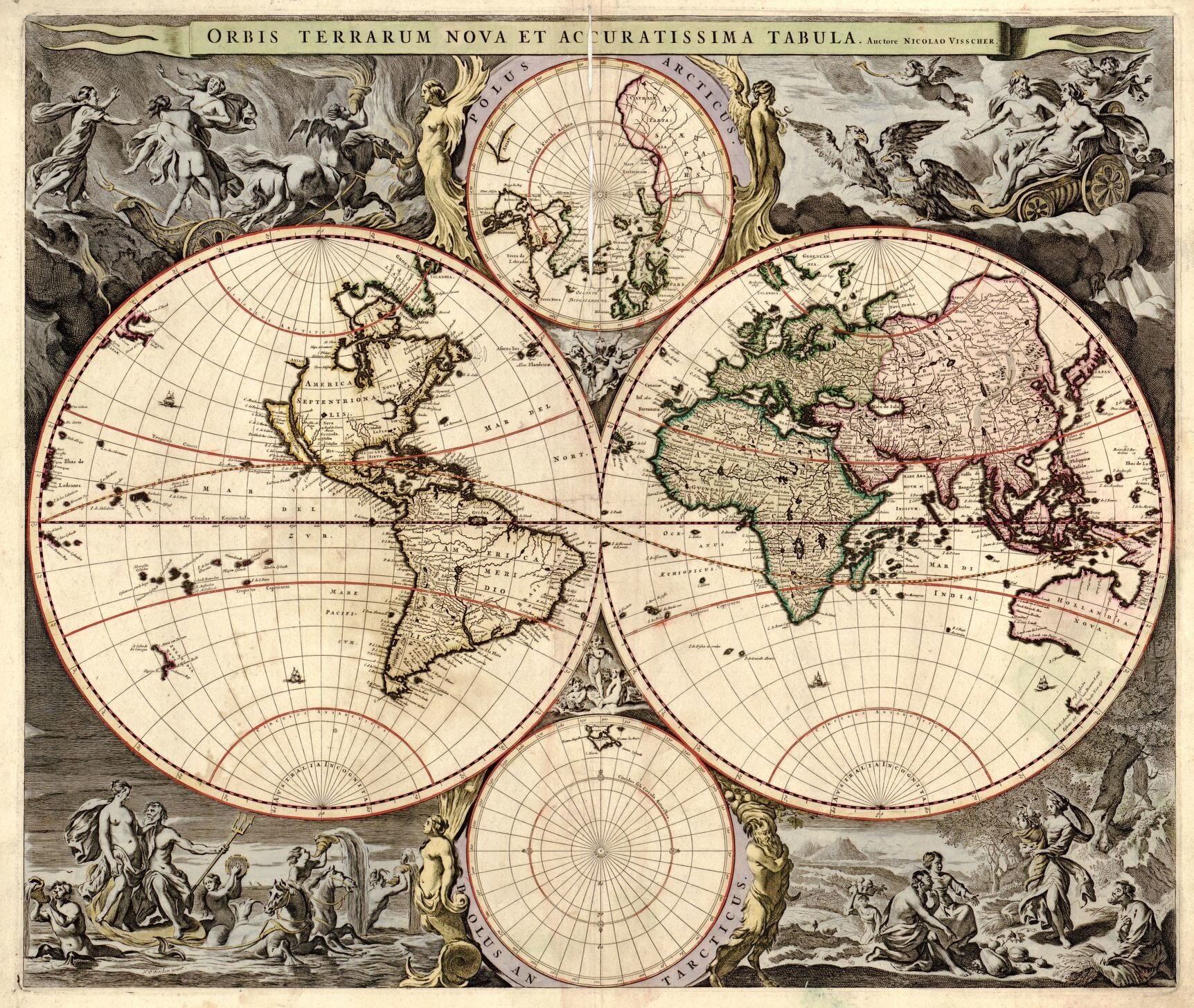A digital mapping intervention that challenges the parameters of the early modern canon.
Baroque Without Boundaries
Maps provide a wealth of information beyond the cartographic. They offer histories of connections, intersections, peoples, and power.
This digital humanities project, the result of an undergraduate/graduate course on global early modern art history that I taught at Case Western Reserve University in Fall 2020, charts the increased contact among cultures during the 17th and 18th centuries through the visual and material objects that originated from various sites of production.
Pinned across Visscher’s iconic seventeenth-century map are essays about key themes and objects. These essays point to the ways that trade, colonial occupation, missionary expansion, and cultural appropriation impacted artistic production across the globe. Together, they articulate a new definition of “Baroque” art that moves beyond the conventional European parameters of this stylistic moniker.
Contributors to this project push against the Eurocentric stylistic characteristics such as tenebrism, spatial dynamism, and illusionism that have often defined Baroque painters and sculptors like Caravaggio, Bernini, and Rubens.
Instead, this project seeks to restore agency to the artists and peoples who have been underrepresented in the art historical literature and interrogates the place of “exchange” in these often-uneven power dynamics between peoples.
